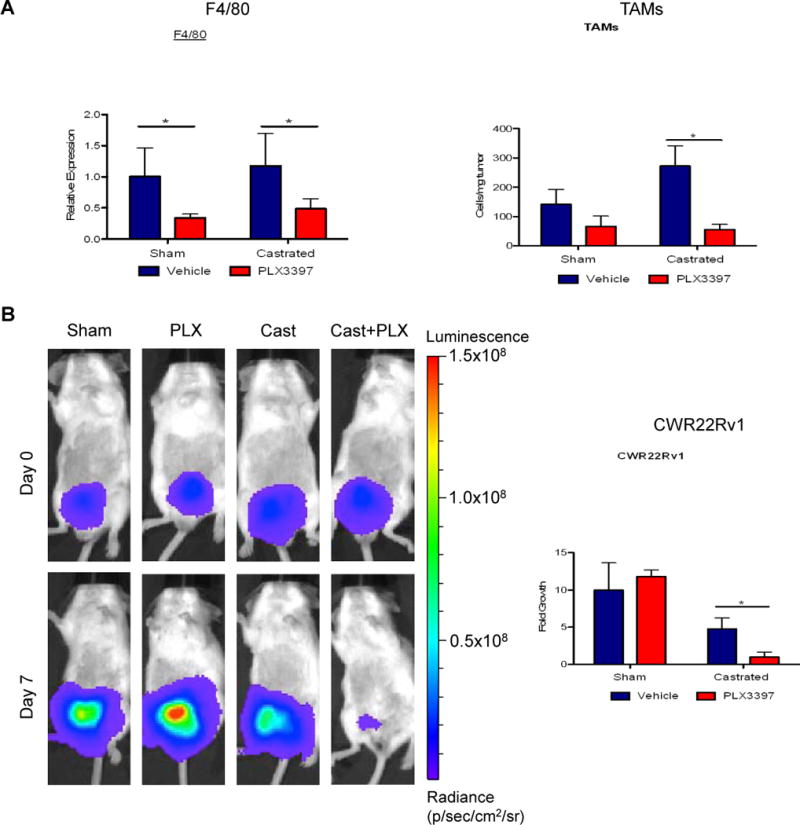Figure 6. Blockade of TAMs extended castration response in an orthotopic xenograft model.

Firefly luciferase marked CWR22Rv1 tumor cells were implanted in the prostate gland of SCID/beige male mice. Tumor was allowed to establish for 2 weeks. Then the tumor bearing mice were stratified to 4 treatment groups (control, PLX3397, castration and castration+PLX3397). A) F4/80 expression analyses (left) and flow cytometric quantification of TAMs (CD45+CD11b+F4/80+, right) in the treated CWR22Rv1 tumors. B) Bioluminescent signal in orthotopic CWR22Rv1 tumors was assessed at day 0 and day 7 after castration, with representative images of animals from each group presented (left). Quantification of tumor growth by normalizing bioluminescent signal from day 7 to signal from day 0 for each mouse in the four groups (right). *P <0.05. (n = 3–4 per group).
